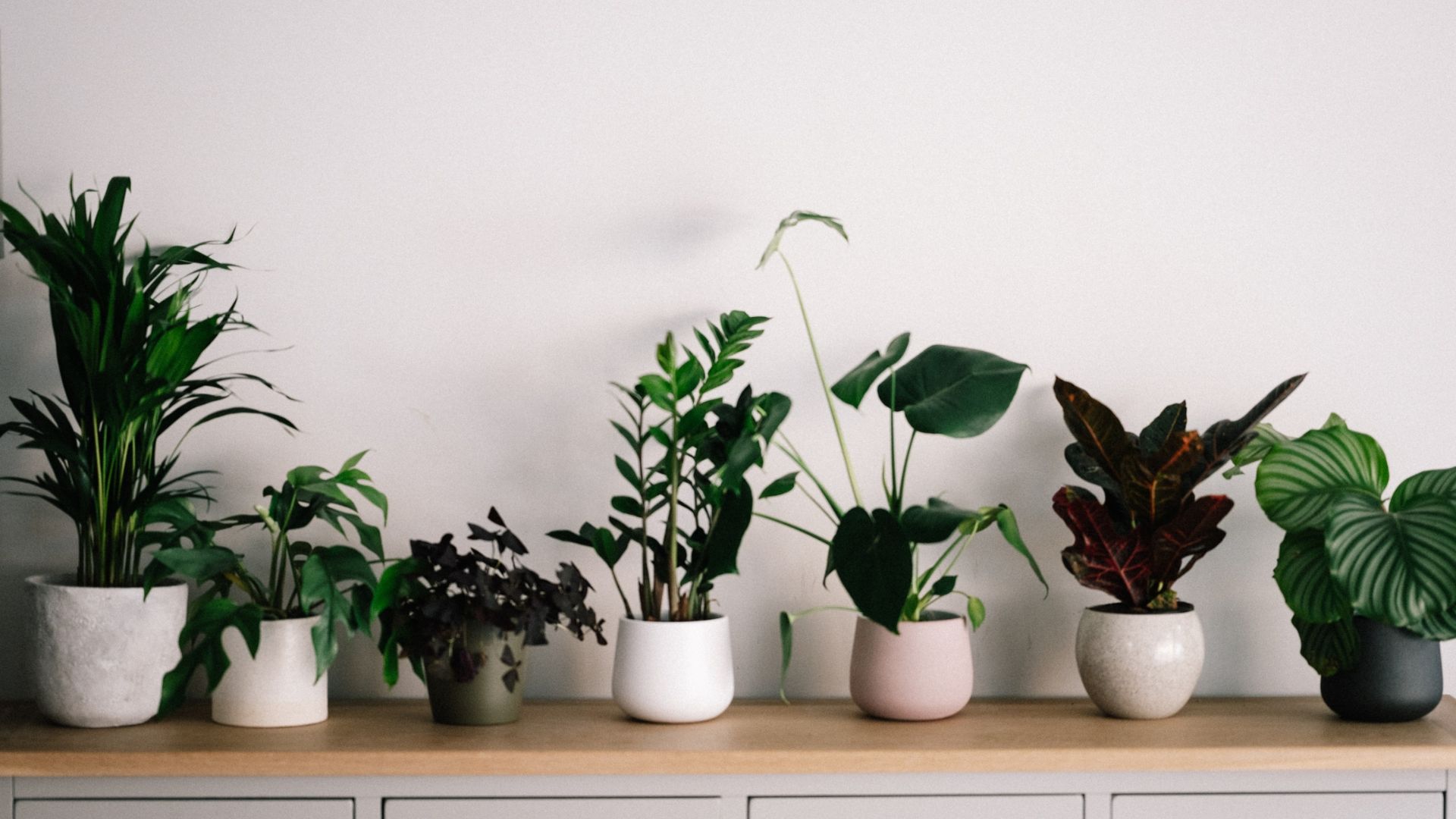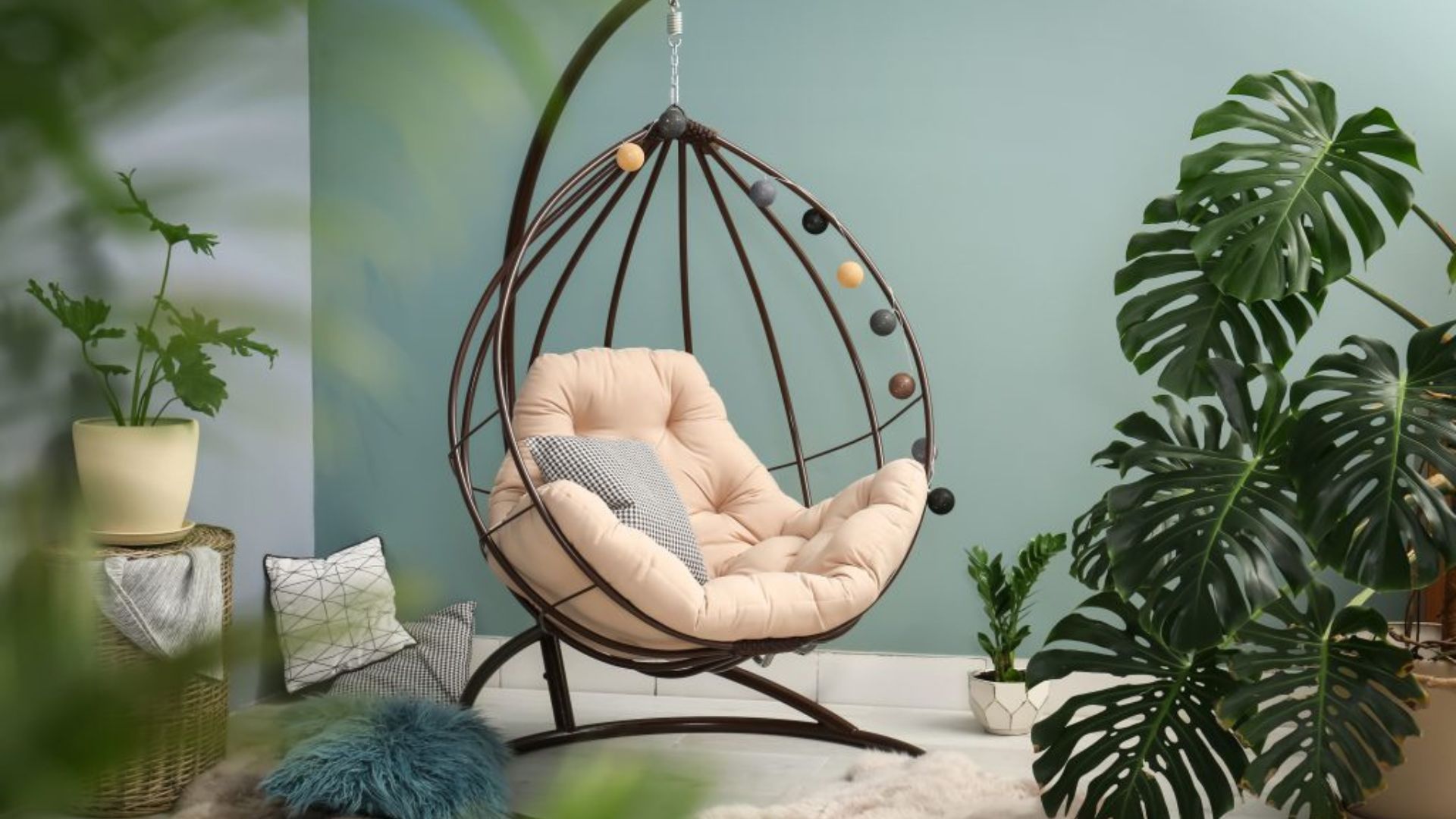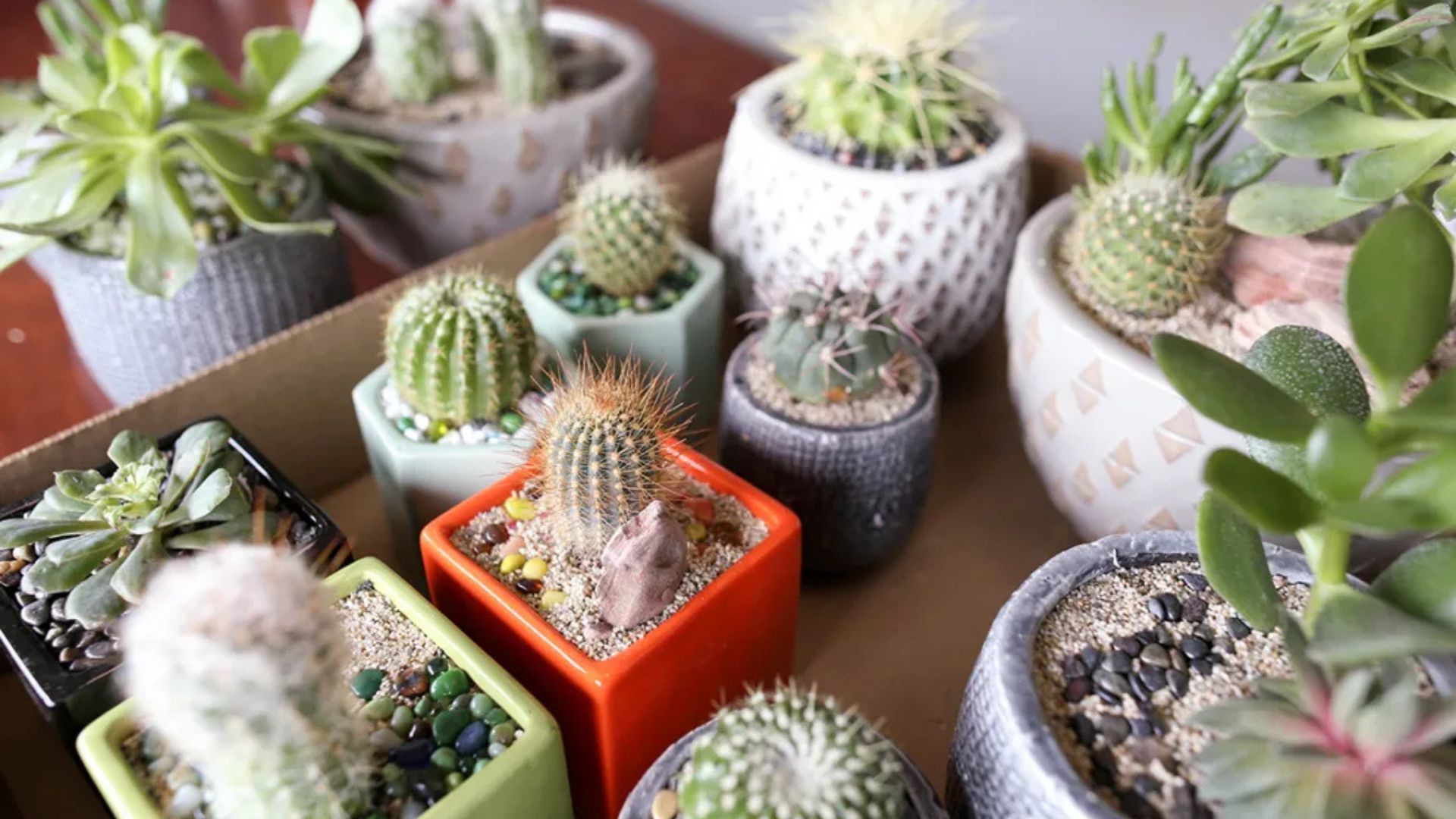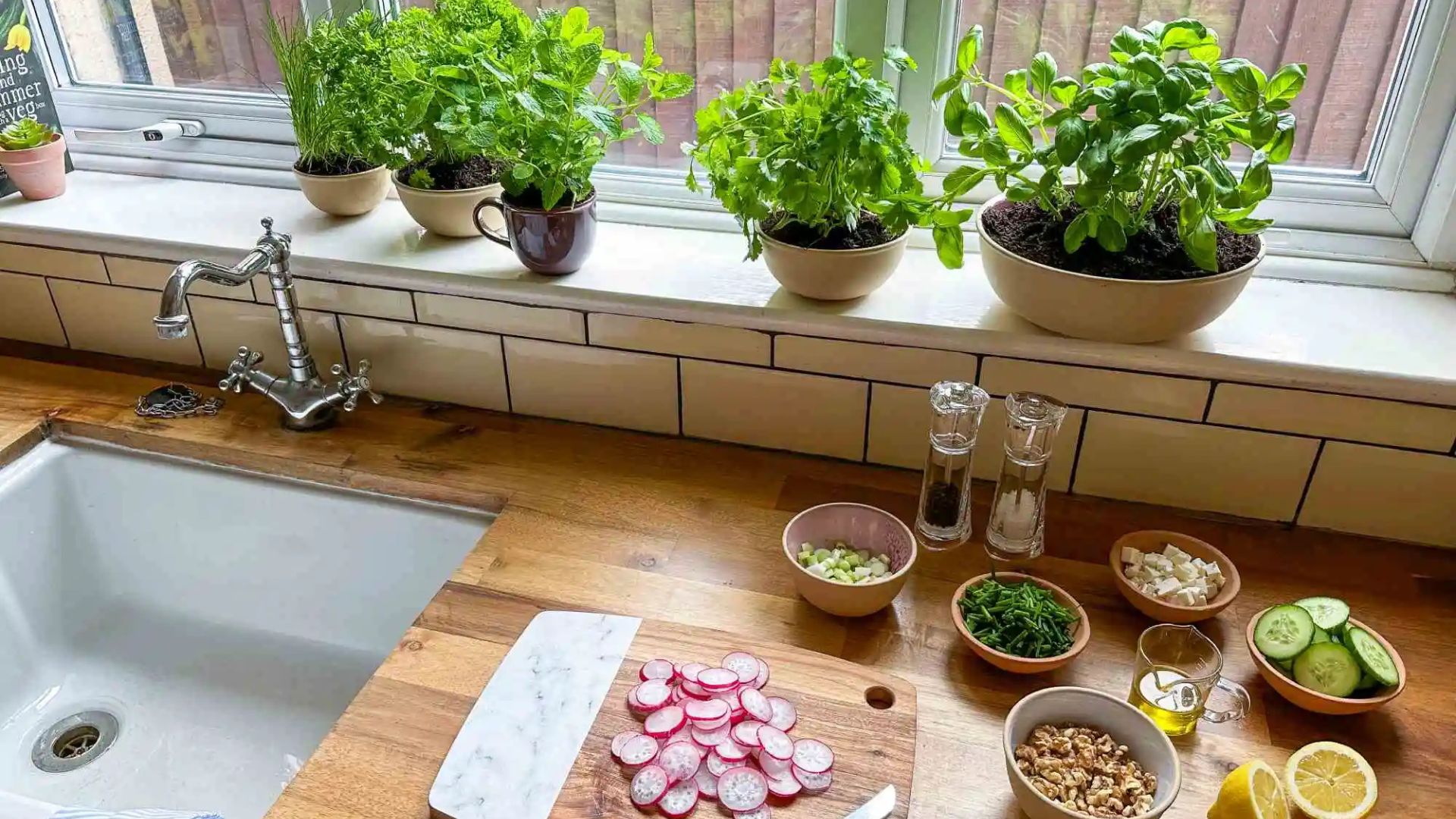Air quality enhanced through indoor plants demonstrates the dual benefits of beauty and health. Indoor plants filter pollutants, increase oxygen, and maintain humidity, creating healthier living spaces. Moreover, they contribute to mental well-being by reducing stress and promoting calm environments. By strategically placing plants in homes, apartments, or offices, residents and workers enjoy fresher air and improved overall health. Consequently, indoor plants serve both aesthetic and functional purposes simultaneously.
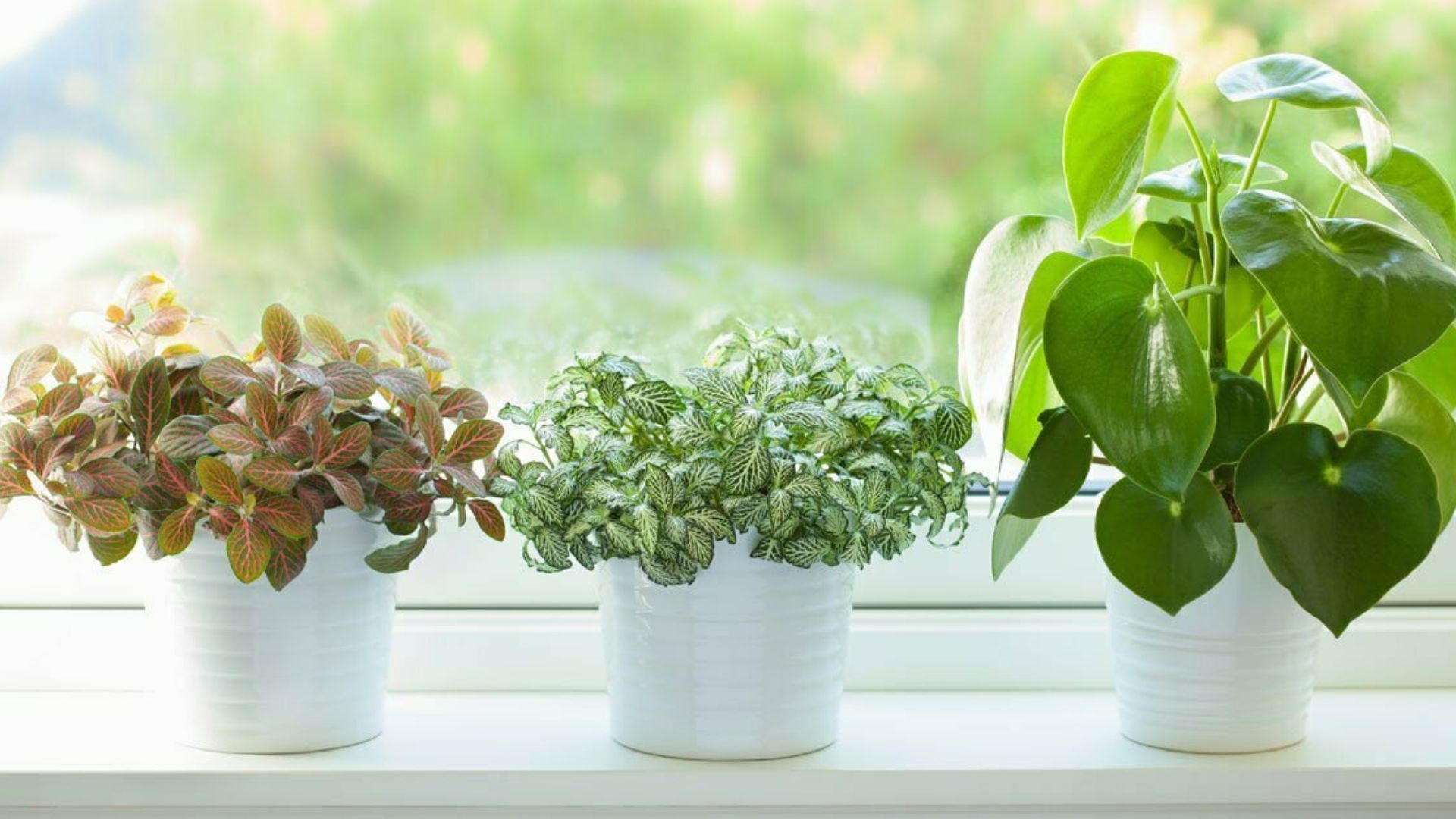
How Indoor Plants Improve Air
Indoor plants act as natural air purifiers. They remove toxins such as formaldehyde, benzene, trichloroethylene, and carbon monoxide from indoor environments. Additionally, plants absorb carbon dioxide and release oxygen during photosynthesis. Certain species, like spider plants and snake plants, are especially effective in purifying air. By choosing the right plants, air quality enhanced through indoor plants can significantly reduce pollutants, creating cleaner and safer spaces.
Top Air-Purifying Indoor Plants
-
Spider Plant – Easy to maintain and effective at toxin removal.
-
Snake Plant – Releases oxygen at night, improving indoor air quality.
-
Peace Lily – Filters harmful chemicals and adds beauty.
-
Aloe Vera – Enhances oxygen levels and is easy to care for.
-
Boston Fern – Maintains humidity and removes pollutants effectively.
Proper Placement for Maximum Impact
Strategic placement is key for air purification. Place plants in areas where people spend the most time, such as living rooms, bedrooms, and offices. Moreover, grouping plants can amplify their air-cleaning effects. Additionally, rotating plants ensures even exposure to light and airflow, promoting consistent growth and filtration. By arranging plants thoughtfully, air quality enhanced through indoor plants reaches its full potential efficiently.
Watering and Maintenance
Maintaining plants is essential for effective air purification. Overwatering or underwatering can damage plants and reduce their efficiency. Use well-draining pots to prevent root rot and provide nutrients with occasional fertilization. Furthermore, wiping leaves removes dust and allows plants to absorb pollutants more efficiently. By following consistent maintenance routines, air quality enhanced through indoor plants is sustained for longer periods.
Seasonal Adjustments
Seasonal changes influence plant health and air-purifying capacity. In winter, indoor heating can dry air, so increase humidity and reduce watering slightly. In summer, ensure plants receive indirect sunlight and sufficient moisture. By adjusting care routines with the seasons, air quality enhanced through indoor plants remains effective year-round.
Combining Plants for Best Results
Certain combinations of indoor plants work better together. Mixing tall plants with trailing or bushy species improves coverage and air purification. For instance, pairing a snake plant with pothos or a peace lily with ferns maximizes both aesthetics and functional benefits. Moreover, arranging plants by light needs ensures each species thrives while maintaining strong air-purifying capabilities.
Aesthetic and Psychological Benefits
Indoor plants offer more than air quality improvements. Their presence reduces stress, boosts focus, and creates a calming environment. The natural greenery complements décor and introduces life into otherwise sterile interiors. By combining beauty and functionality, air quality enhanced through indoor plants supports physical, mental, and emotional wellbeing simultaneously.
Functional Placement Ideas
-
Place plants near workspaces to boost concentration and reduce stress.
-
Use plants in bedrooms to maintain oxygen levels at night.
-
Arrange larger plants in living areas for maximum visual and air benefits.
-
Utilize hanging planters and shelves to increase plant density without overcrowding.
Conclusion
In conclusion, air quality enhanced through indoor plants provides significant health, aesthetic, and psychological benefits. Proper plant selection, strategic placement, and consistent care ensure effective air purification. By incorporating air-purifying plants into living spaces, apartments, and offices, residents enjoy cleaner air, reduced toxins, and a calming atmosphere. Furthermore, the visual appeal of greenery enhances interior design while contributing to overall wellbeing. Ultimately, indoor plants transform spaces into healthy, vibrant, and comfortable environments, improving life quality for everyone who spends time there.






